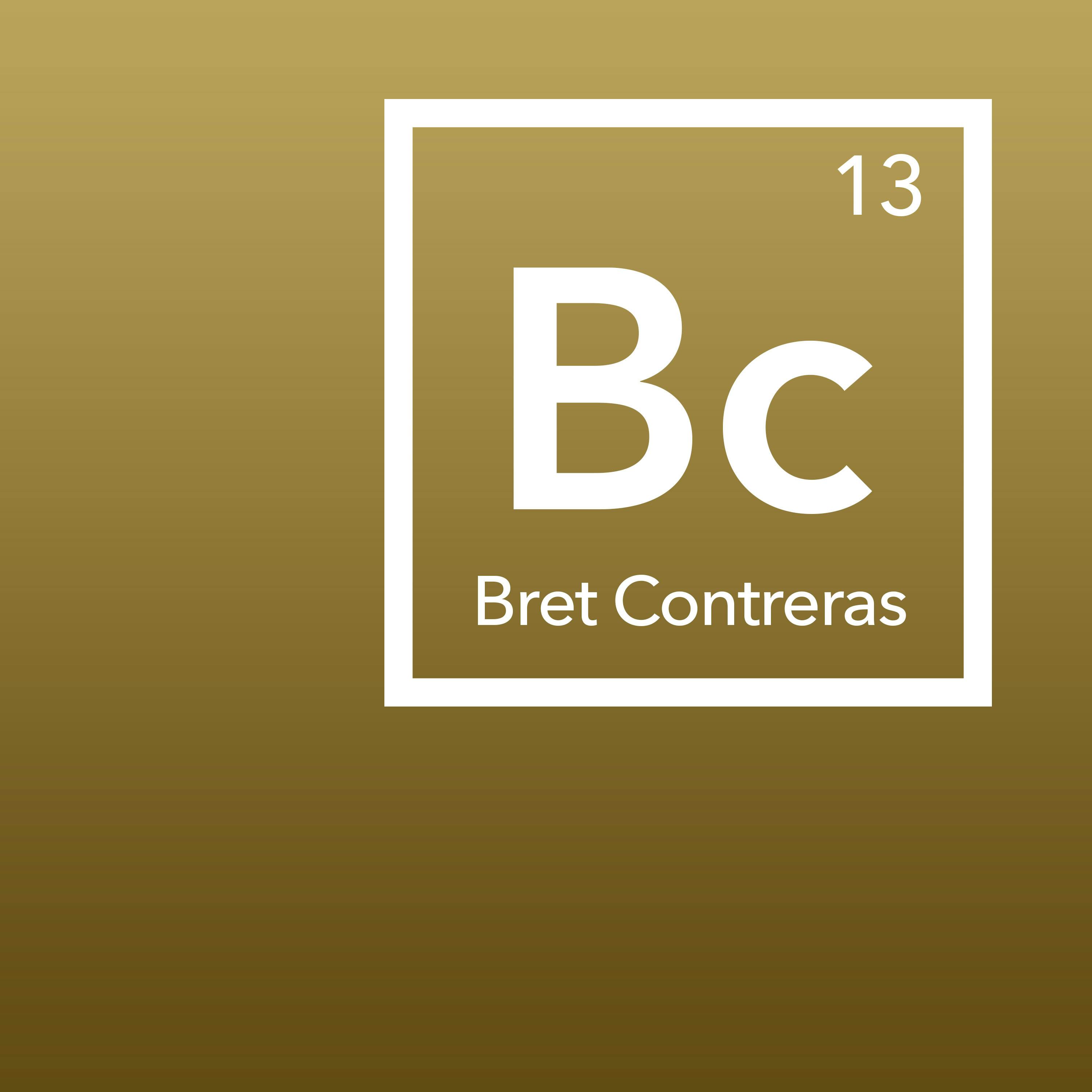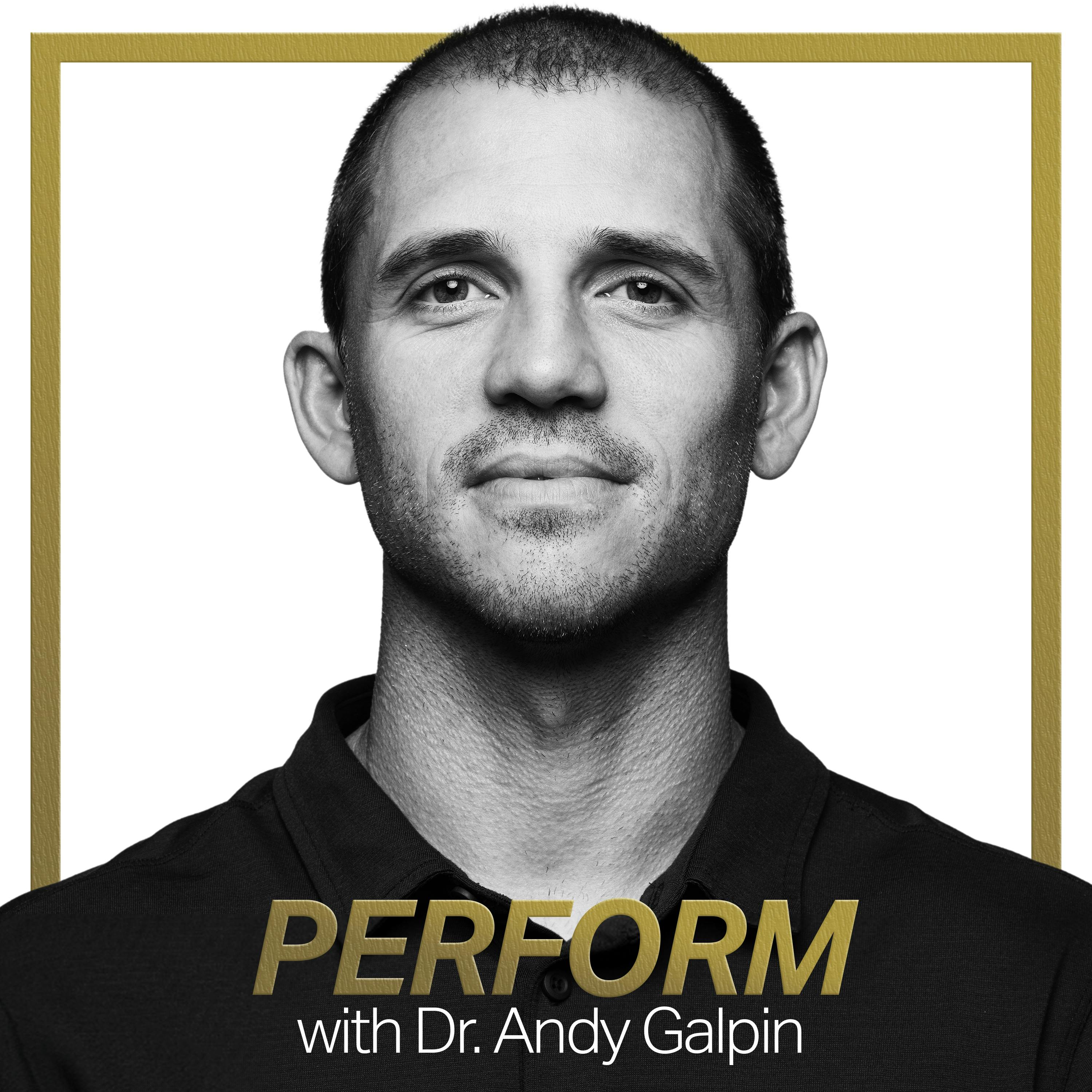
February 19, 2025 • 3hr 28min
Dr. Bret Contreras: How to Build Bigger Glutes & Legs
Perform with Dr. Andy Galpin

Key Takeaways
- Training differences between men and women are primarily goal-based rather than physiological - women often want targeted glute development without excessive quad/hamstring growth
- The "Rule of Thirds" for glute training: 1/3 vertical exercises (squats, lunges), 1/3 horizontal exercises (hip thrusts, bridges), 1/3 lateral/rotary movements (abduction work)
- Progressive overload and consistency are crucial - focus on getting stronger over time while maintaining proper form and recovery
- Exercise selection should be based on individual response - some people respond better to certain movements based on their anatomy and biomechanics
- Hip thrusts and squats appear equally effective for glute growth based on recent research, suggesting both should be included for optimal development
Introduction
Dr. Bret Contreras, known as "The Glute Guy," has spent over 30 years studying and optimizing glute training. With a PhD in sports science and extensive practical experience training thousands of clients (primarily women), he provides unique insights into effective training strategies for glute development while maintaining scientific rigor in his approach.
Topics Discussed
Training Differences Between Men and Women (2:10)
- Men typically want overall muscle growth everywhere while women often want targeted development
- Women frequently want significant glute growth while minimizing quad/hamstring development
- "If I said, I will give you a million bucks if you put two inches on your arms in the next six months, what would every guy do? They'd start training it at least three days a week" - Dr. Bret Contreras
- Women can generally handle more glute-specific training volume and frequency
The Hip Thrust Development Story (28:10)
- Contreras developed the hip thrust in October 2006 after watching UFC fights
- Initially used a glute-ham developer and reverse hyper setup before evolving to the barbell version
- Holds patent on hip thrust machine designs but doesn't enforce it to encourage widespread adoption
- Created specialized equipment like larger diameter weight plates to make setup easier
Glute Anatomy and Function (57:19)
- Key muscles include:
- Gluteus maximus (upper and lower fibers)
- Gluteus medius
- Gluteus minimus
- Glutes perform multiple functions including hip extension, abduction, and external rotation
- Different exercises target different aspects of glute function and development
Training Program Design (1:05:06)
- Optimal frequency: 3 days per week for most people
- Volume guidelines: 36-45 sets per week when properly distributed
- Exercise selection should include:
- Compound movements (squats, deadlifts)
- Isolation exercises (hip thrusts, bridges)
- Abduction work for complete development
Exercise Categories and Recovery (1:13:08)
- Four main exercise categories:
- Thrust/bridge movements
- Squat/lunge variations
- Hinge patterns
- Abduction movements
- Rotate exercises within categories to manage fatigue and maintain progress
- Consider individual recovery needs when programming volume and intensity
Common Training Mistakes (1:41:32)
- Insufficient progressive overload
- Poor exercise selection based on individual response
- Inadequate protein intake and recovery
- Too much variety without mastering basics
- "Most people just can't get strong without a trainer. They don't know what they're doing" - Dr. Bret Contreras
Individual Response to Training (1:56:20)
- Some people respond better to certain exercises based on anatomy
- EMG testing shows significant individual differences in muscle activation
- Important to find exercises that provide good mind-muscle connection
- Consider both active and passive tension in exercise selection
Research Evolution and Program Adaptation (2:55:18)
- Initially thought hip thrusts would be superior to squats for glute growth
- Research showed equal effectiveness between hip thrusts and squats
- Importance of being willing to change recommendations based on new evidence
- "Be the first to announce new research to your people. And then you change your programming to reflect that you learn and you evolve." - Dr. Bret Contreras
Conclusion
The discussion provides comprehensive insights into effective glute training while emphasizing the importance of individualization and scientific evidence. Key principles include proper exercise selection, progressive overload, and attention to individual response. The conversation highlights how training programs should evolve with new research while maintaining focus on fundamental principles that drive results.



